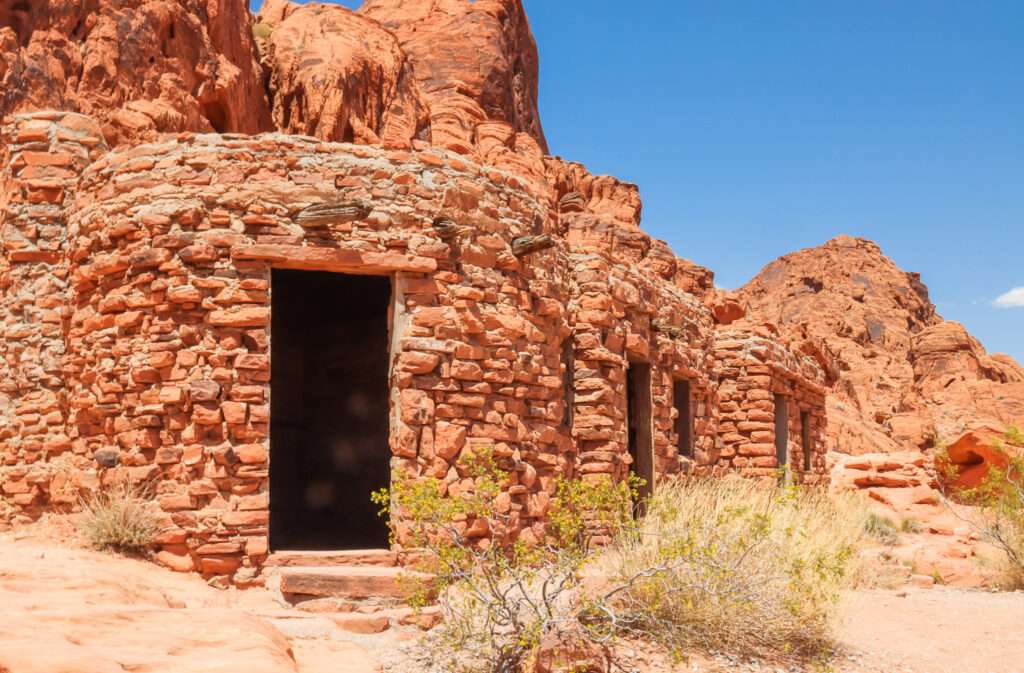
Valley of Fire is the OG of Nevada State Parks. Nevada’s first state park opened in 1934, named for the brilliant red colors at sunset. Although known for its beautiful rock formations and big horned sheep, the park has a wealth of history for visitors to explore, including CCC Cabins, petroglyphs, and the grave of a Civil War Veteran.
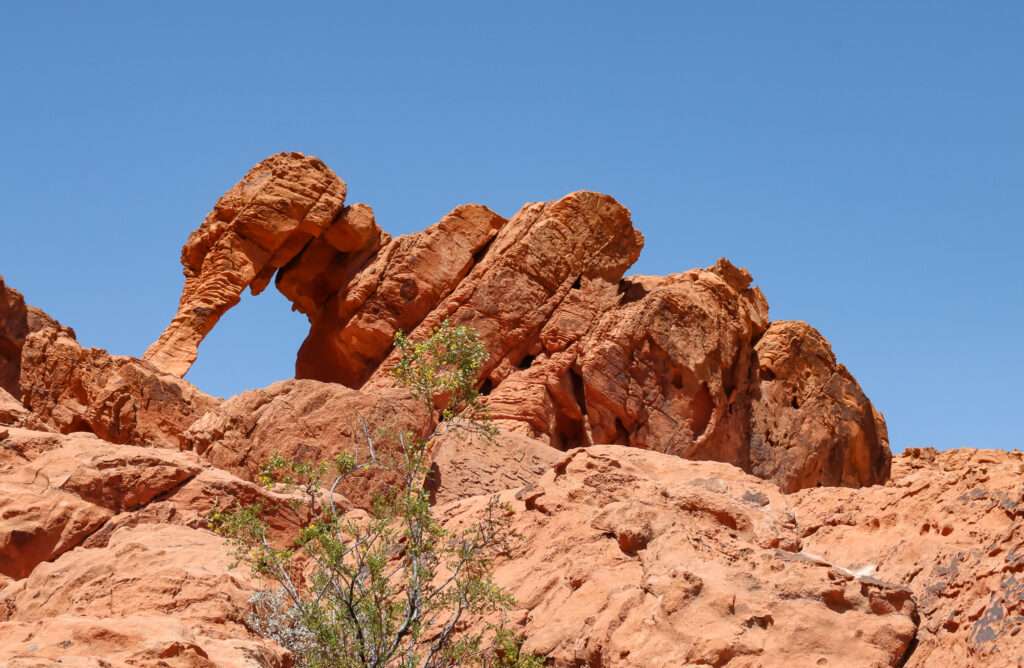
Ghost Towning
On a family vacation in St. George, Utah, my daughter and I took a girl’s ghost town day trip to southern Nevada. While the guys relaxed at the rental, we drove to Moapa Valley and visited the Lost City Museum, St. Thomas, and Valley of Fire. The hike to the dry bottom of Lake Mead to see the ghost town of St. Thomas wore out my little one. She was rapidly heading into “hangry,” a combination of hungry and angry after our long day. I wanted to visit the Valley of Fire, especially the CCC Cabins, and shamelessly bribed her with whatever she wanted at the Maverick in Overton. The cabins and petroglyphs were an amazing way to end our day.
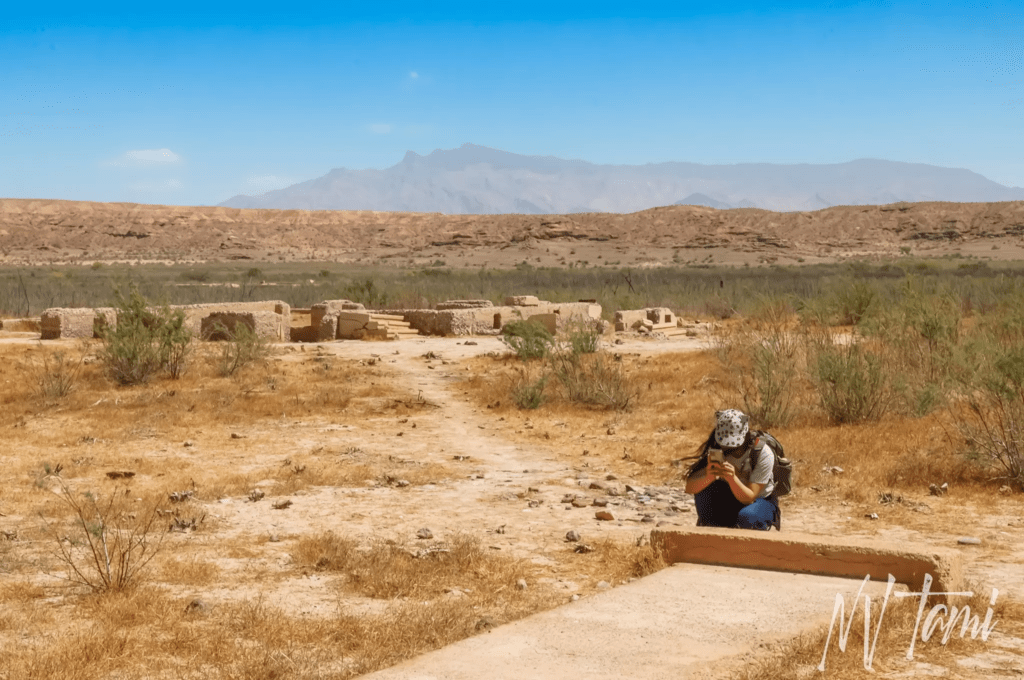
The Arrowhead Trail
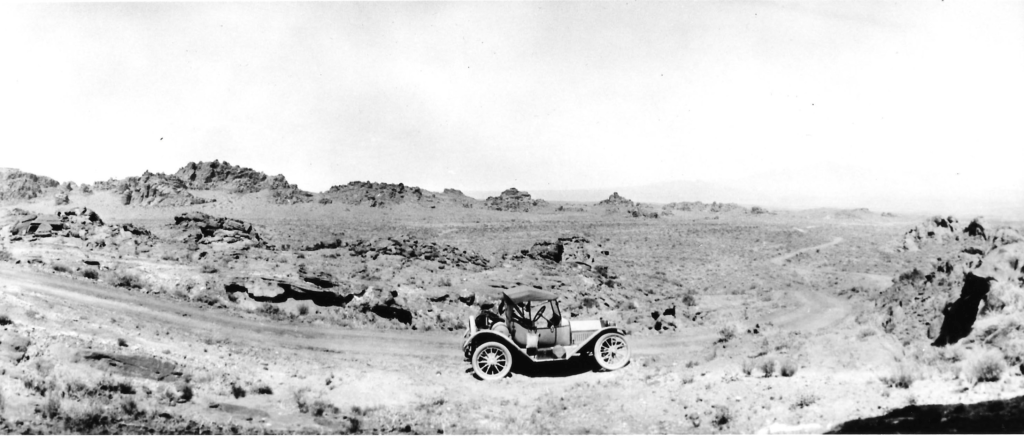
(Photo credit: Valley of Fire State Park)
Constructed in 1912, the Arrowhead Trail connected Salt Lake City, Utah, with Los Angeles, California. The Arrowhead Trail through Nevada was a rugged and isolated stretch of road. In the 1920s, the American Automobile Association, AAA, coined the stretch through the bright red sandstone “Valley of Fire” after an official said at sunset, the valley looked like it was on fire.
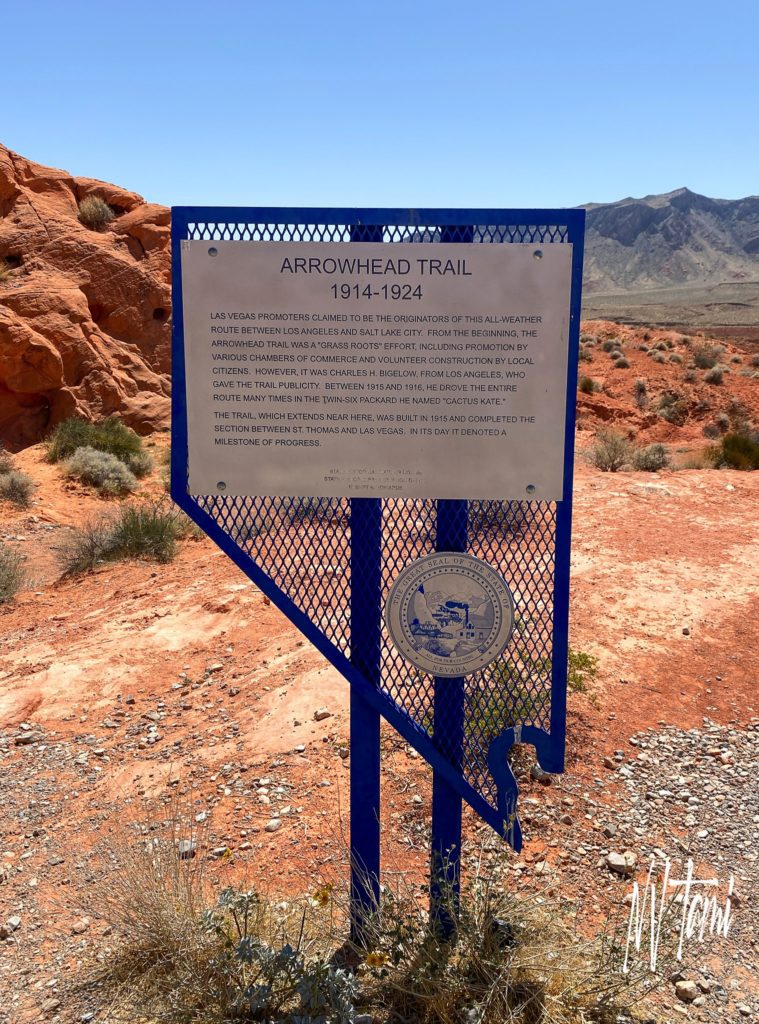
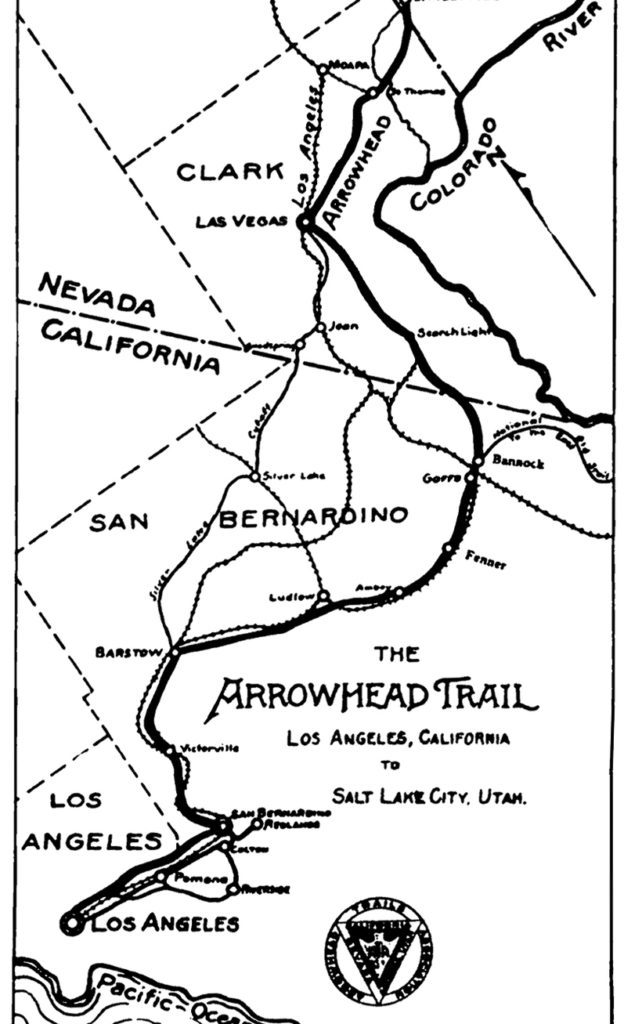
Valley of Fire State Park
In 1925 the federal government transferred 8,500 acres of land to Nevada Governor James Scrugham and the Nevada State Legislature to create a new park. An additional 27,000 acres were added in 1931.

Valley of Fire State Park, Nevada’s first state park, opened on Easter Sunday in 1934 but did not receive legal status until 1935, as the Nevada legislature convenes every other year.
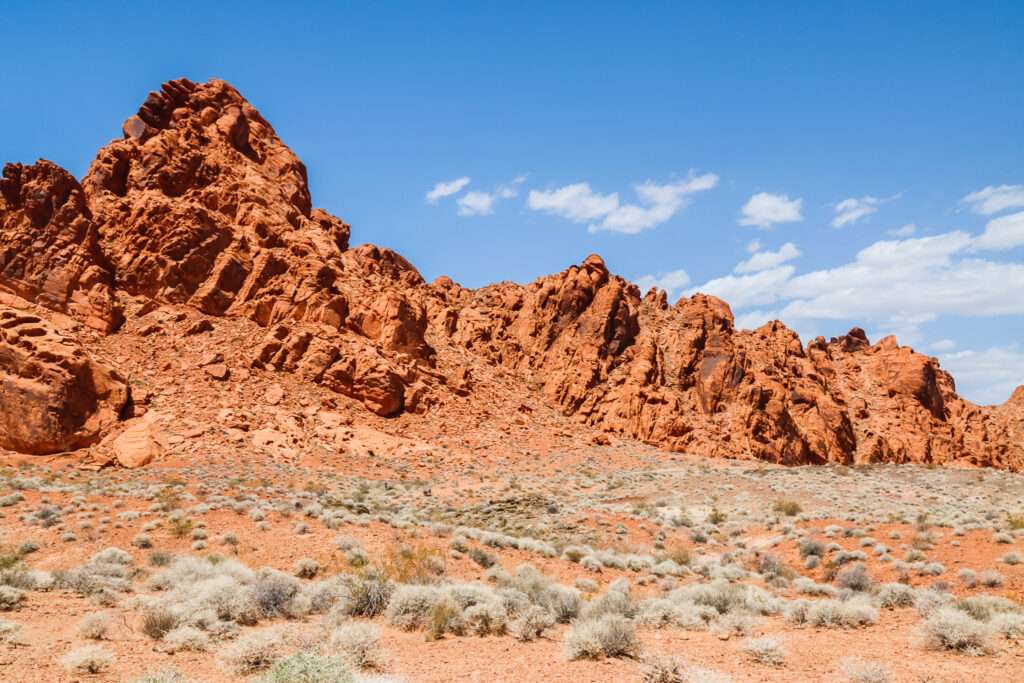
Civilian Conservation Corp

(Photo credit: Wikipedia)
The Civilian Conservation Corps (CCC) was a voluntary work relief program from 1933 to 1942 to address unemployment during the Great Depression. Unemployed and unmarried men ages 18–28 could participate. The program focused on manual labor jobs relating to conserving and developing state and federal lands. Men were paid $30 a month, along with food, shelter, and clothing. They were required to send home $25 per month of their pay.
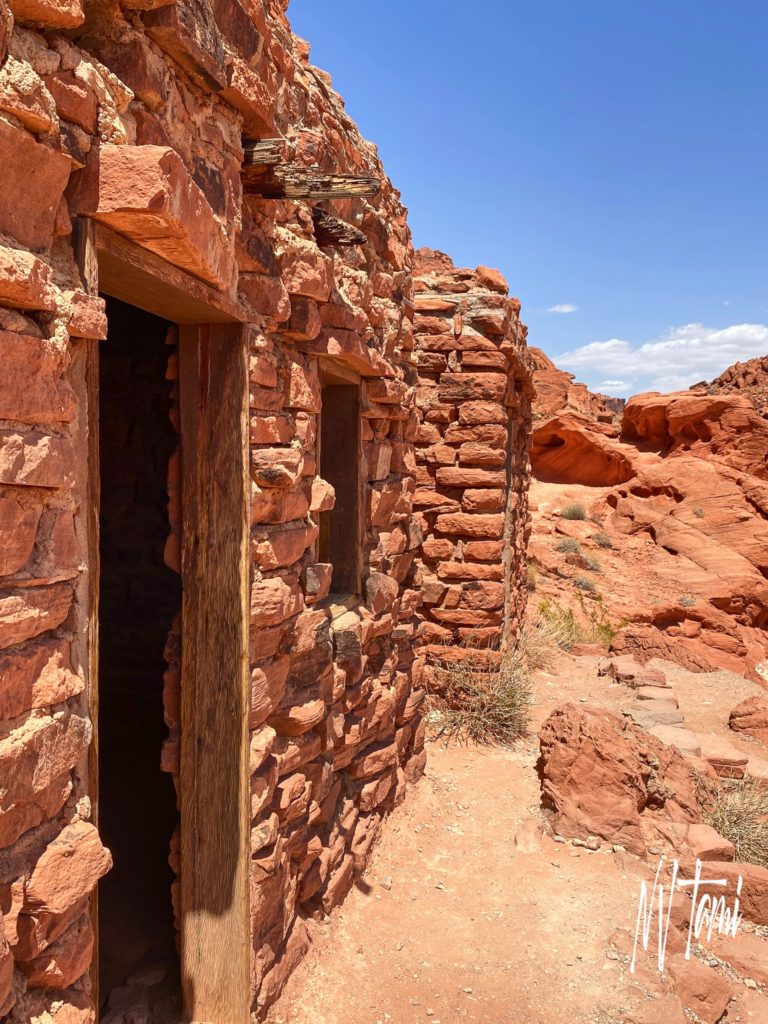
Three million men participated in the CCC over its existence. One was my Grandfather, who left high school to enroll in the CCC. He participated in the CCC until the attack on Pearl Harbor when he enlisted in the Navy.
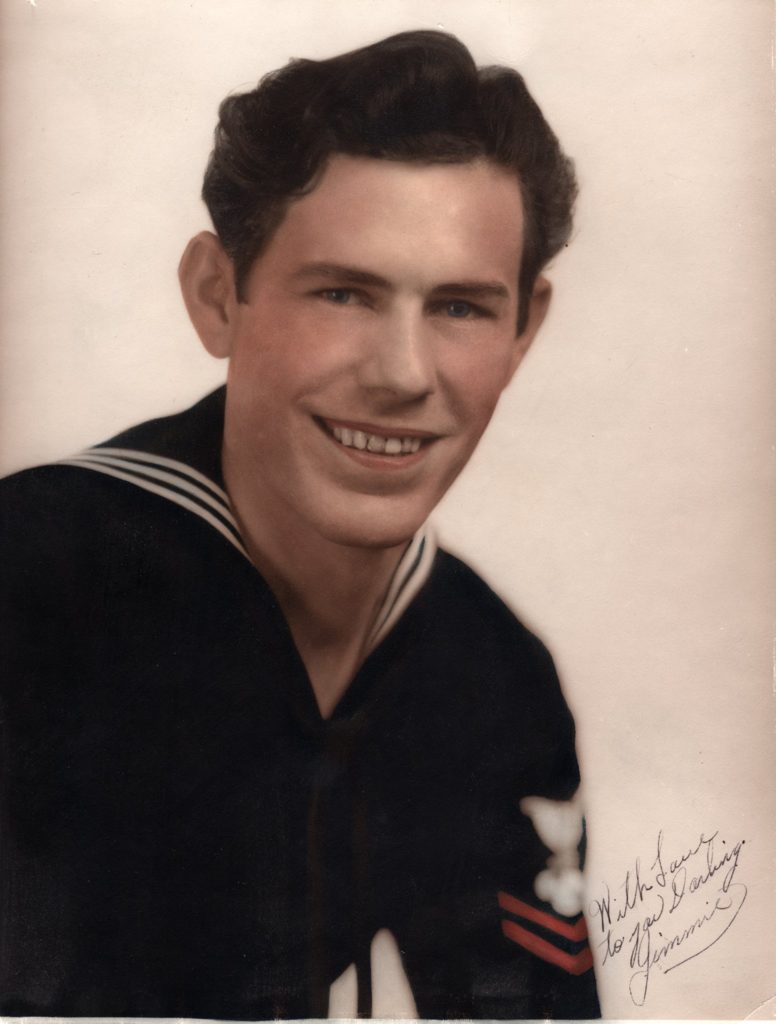
The CCC completed various projects: roads, bridges, erosion control, forest, and range management. In Northern Nevada, they constructed outhouses, including one on our ranch. Like now, the government doesn’t always do things that make sense. When the CCC installed the outhouse, the ranch had indoor plumbing. (Our neighbor, since passed, referred to his as a “Roosevelt Souvenir.”)
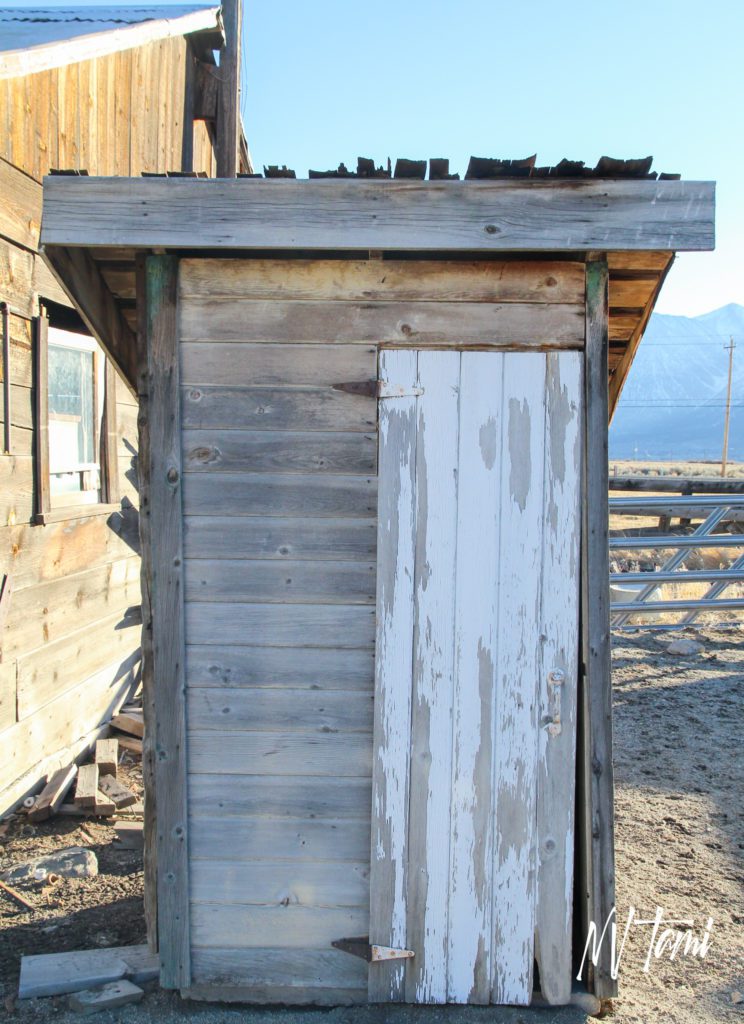
The CCC was active around Overton in the early 1930s, constructing facilities for travelers, including Lost City Museum. In Valley of Fire, the CCC built roads to points of interest, ramadas (similar to a pergola) for shade, trails to rock formations and petroglyphs, and camping facilities.
The CCC Cabins at Valley of Fire
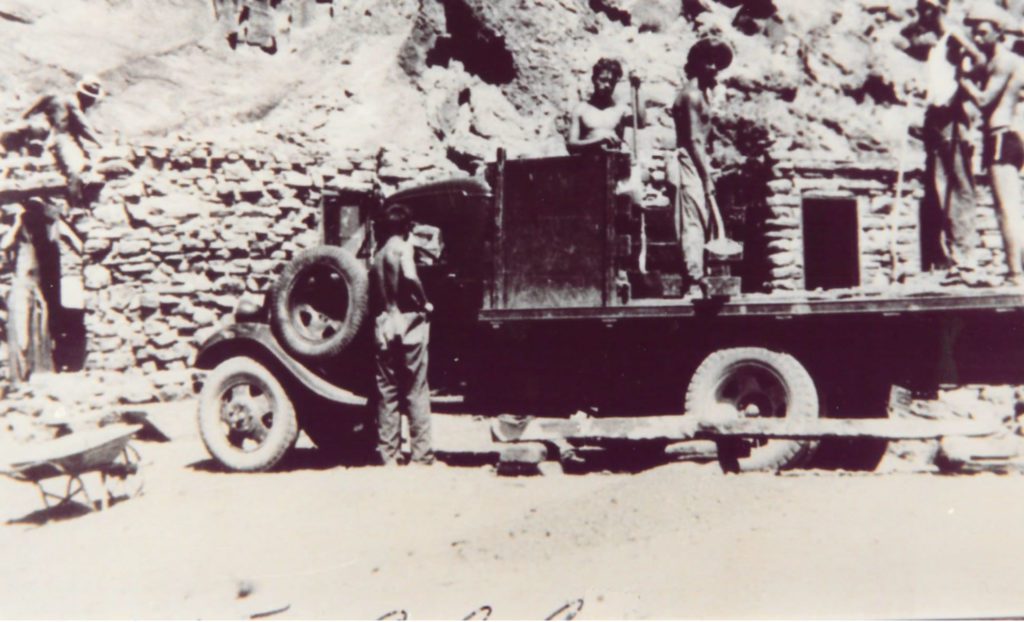
(Photo credit: Nevada State Parks)
The CCC cabins were one of the earlier improvements to the park in 1933. The cabins provided visitors and motorists on the Arrowhead Trail a place to spend the night.
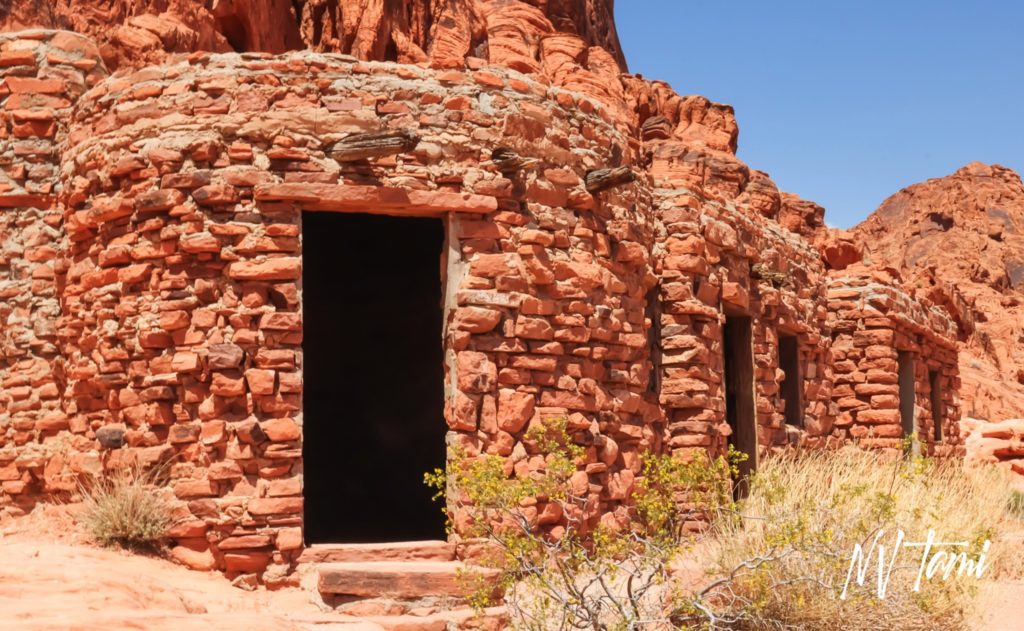
Cabins were constructed of local sandstone, approximately 10′ x 10′, each with a unique fireplace. A stove was available outside for meal preparation.
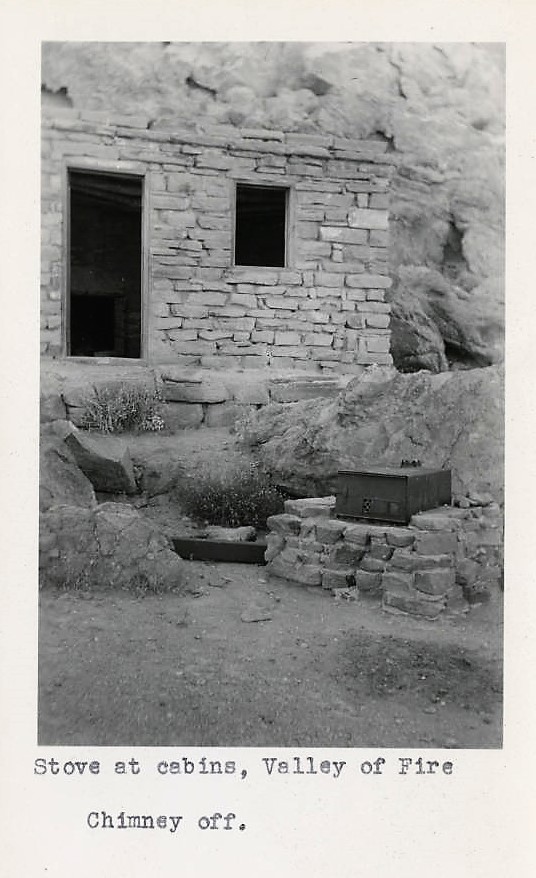
(Photo credit: St. George News)
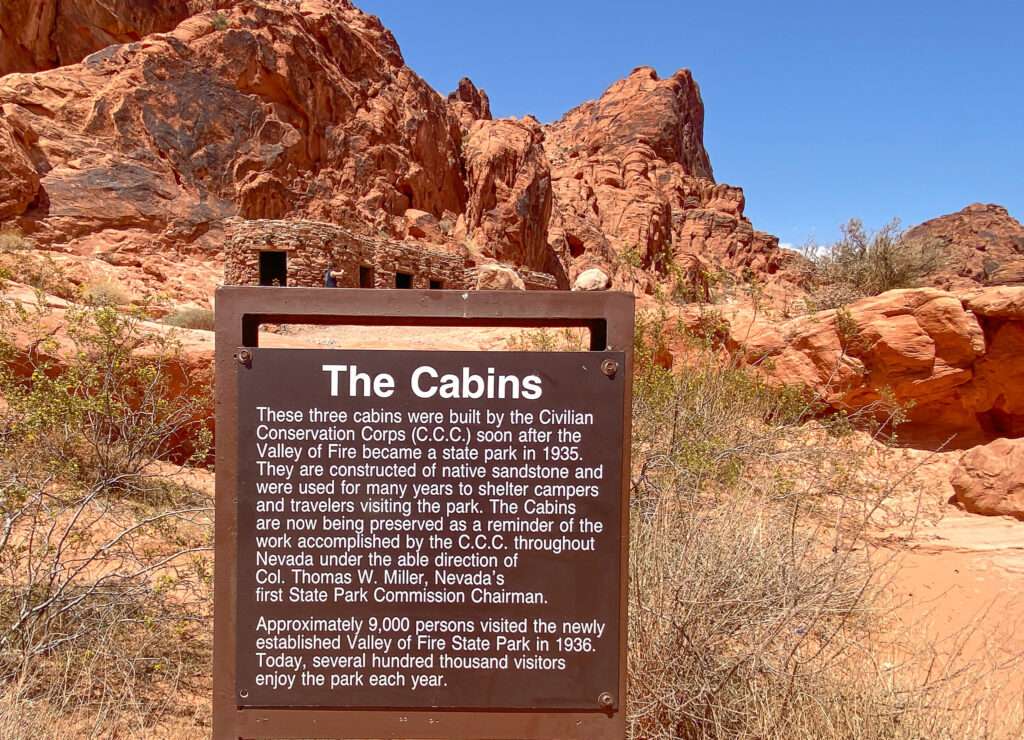
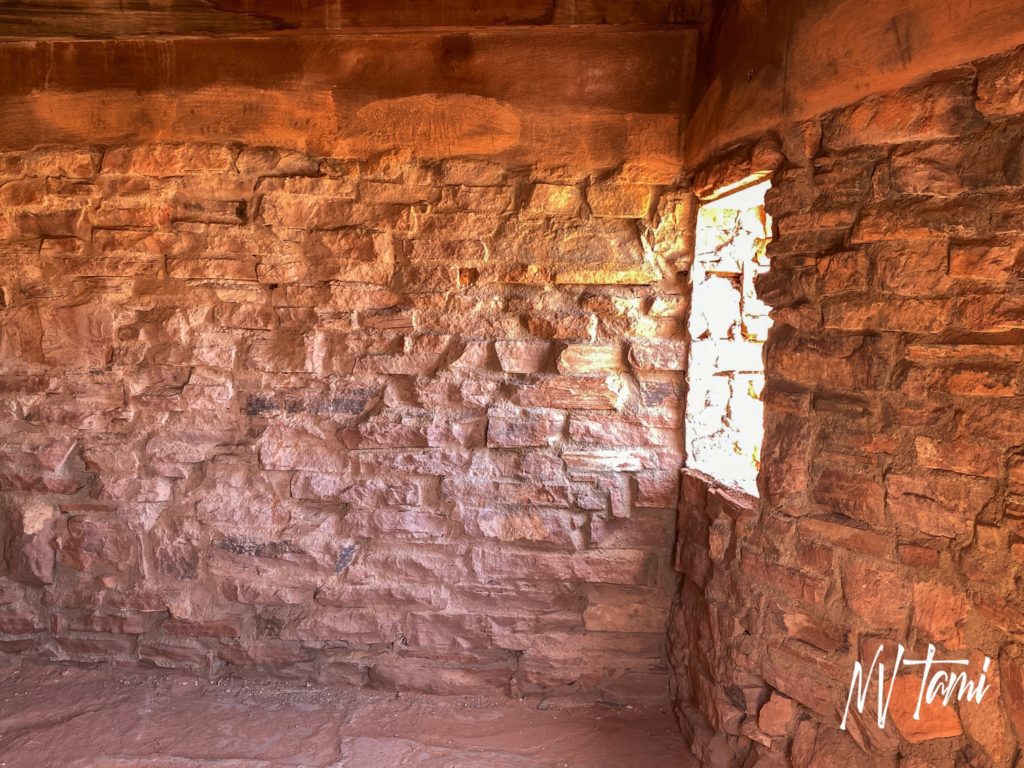
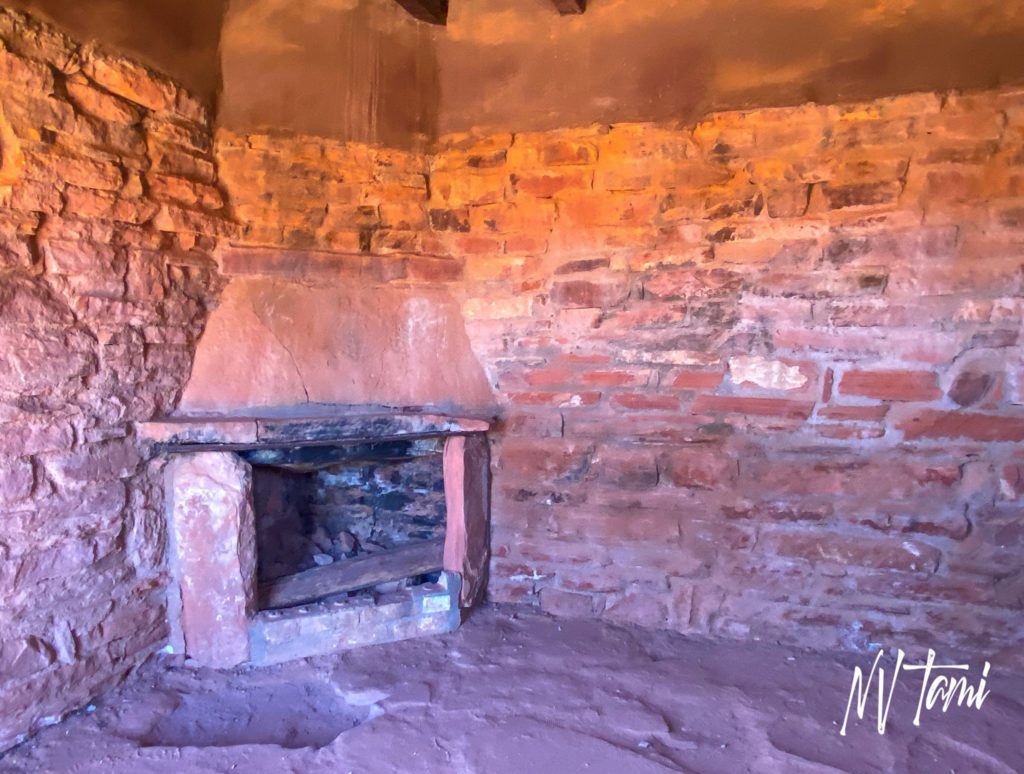
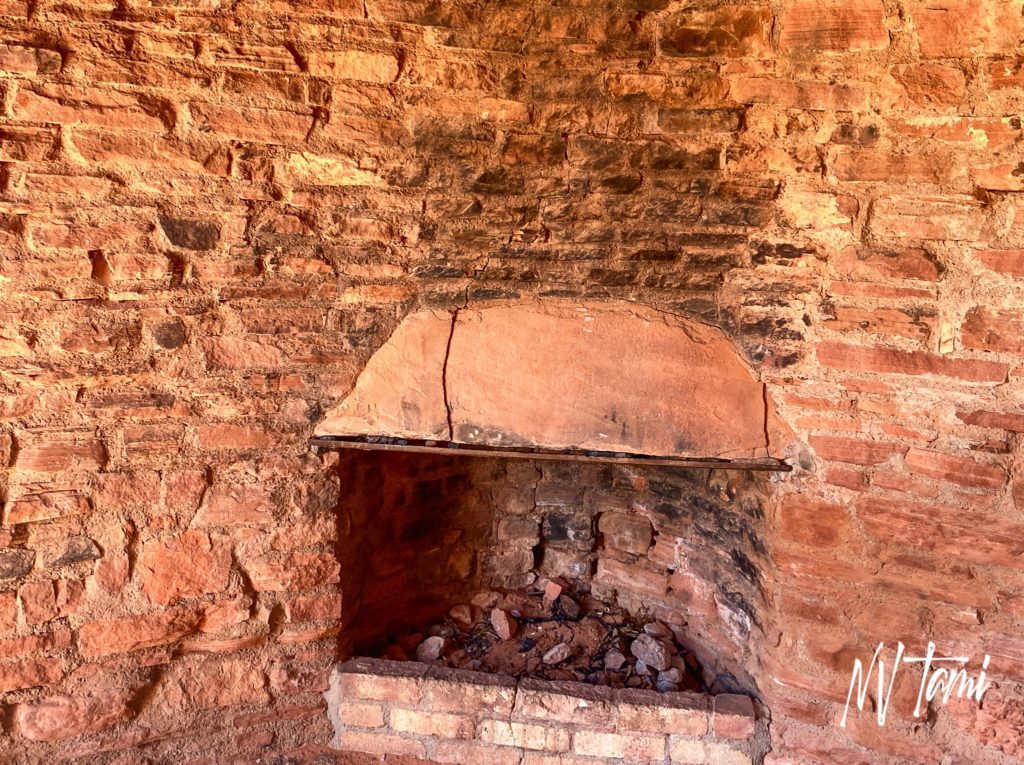
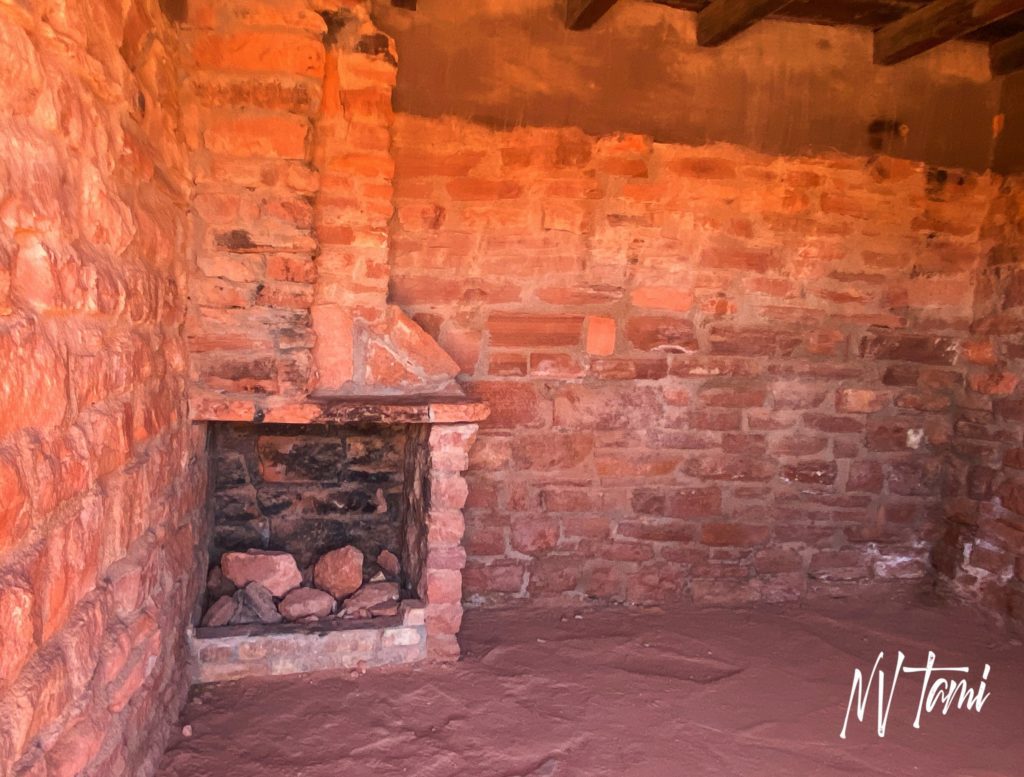
Petroglyphs
Behind the cabins, 2,500-year-old petroglyphs spread over the sandstone walls. The stone shines, requiring the viewer to look at them from an angle.
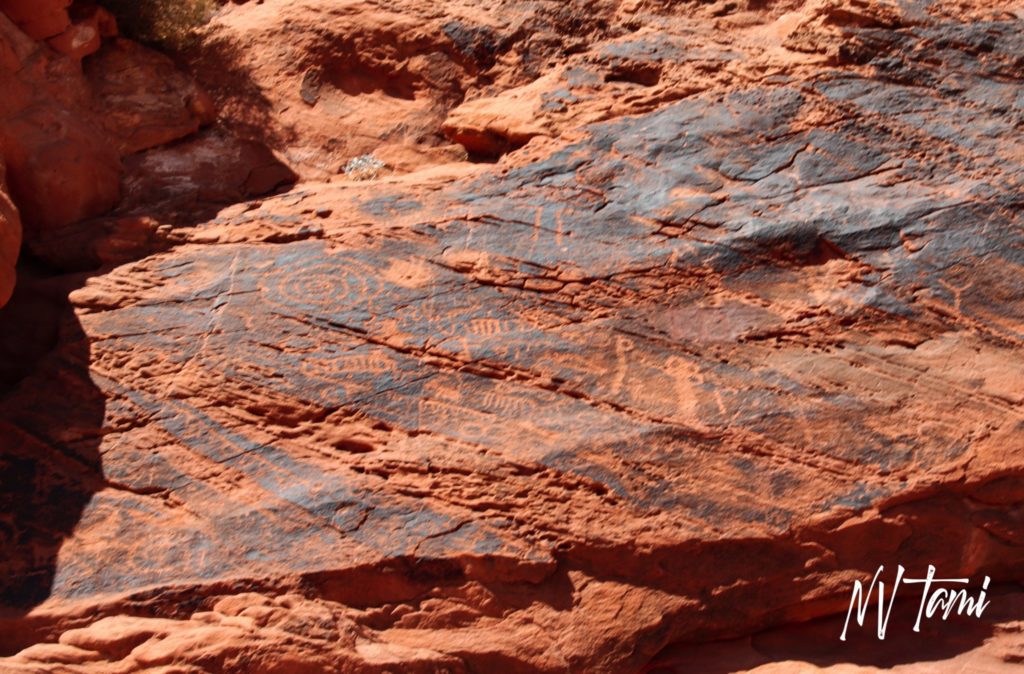
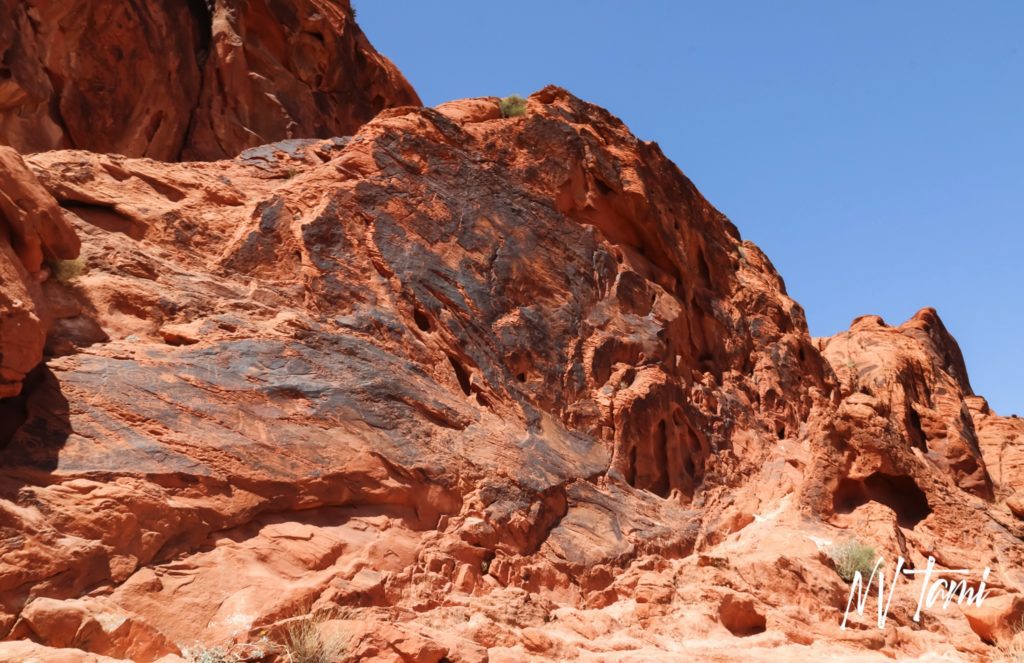
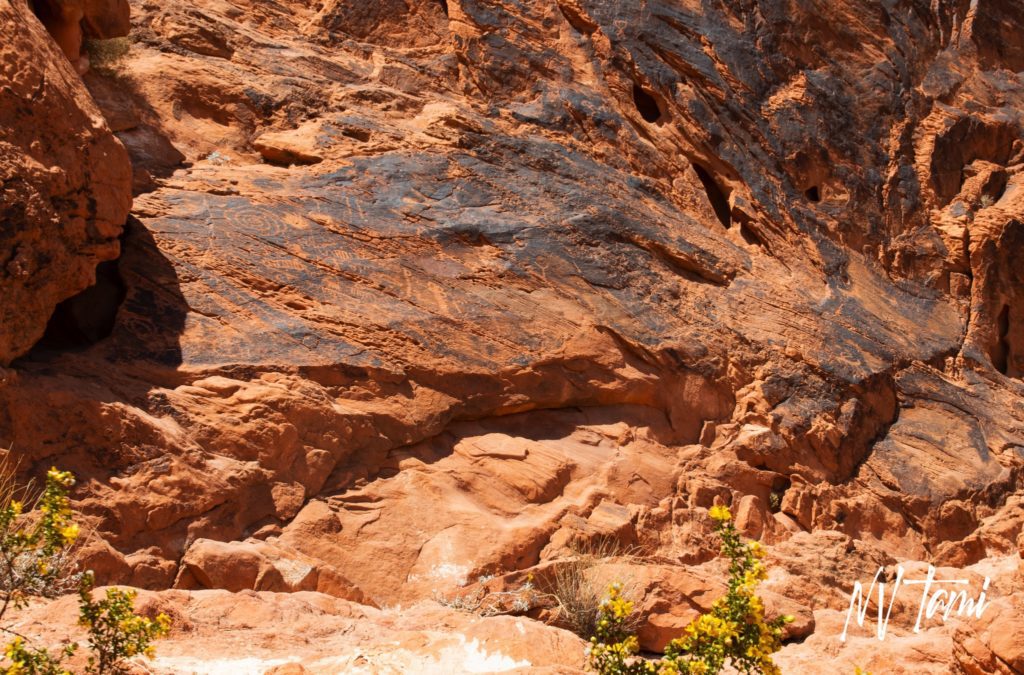
Civil War Veteran Memorial
Not far from the CCC Cabins sits a lone grave. John J. Clark was born in Canada in 1844 and emigrated to the United States. John joined the New York Infantry in 1862 and served in the Civil War, where he was shot in the hand and contracted typhoid fever. He was honorably discharged as a Sergeant in 1863 and moved to California.
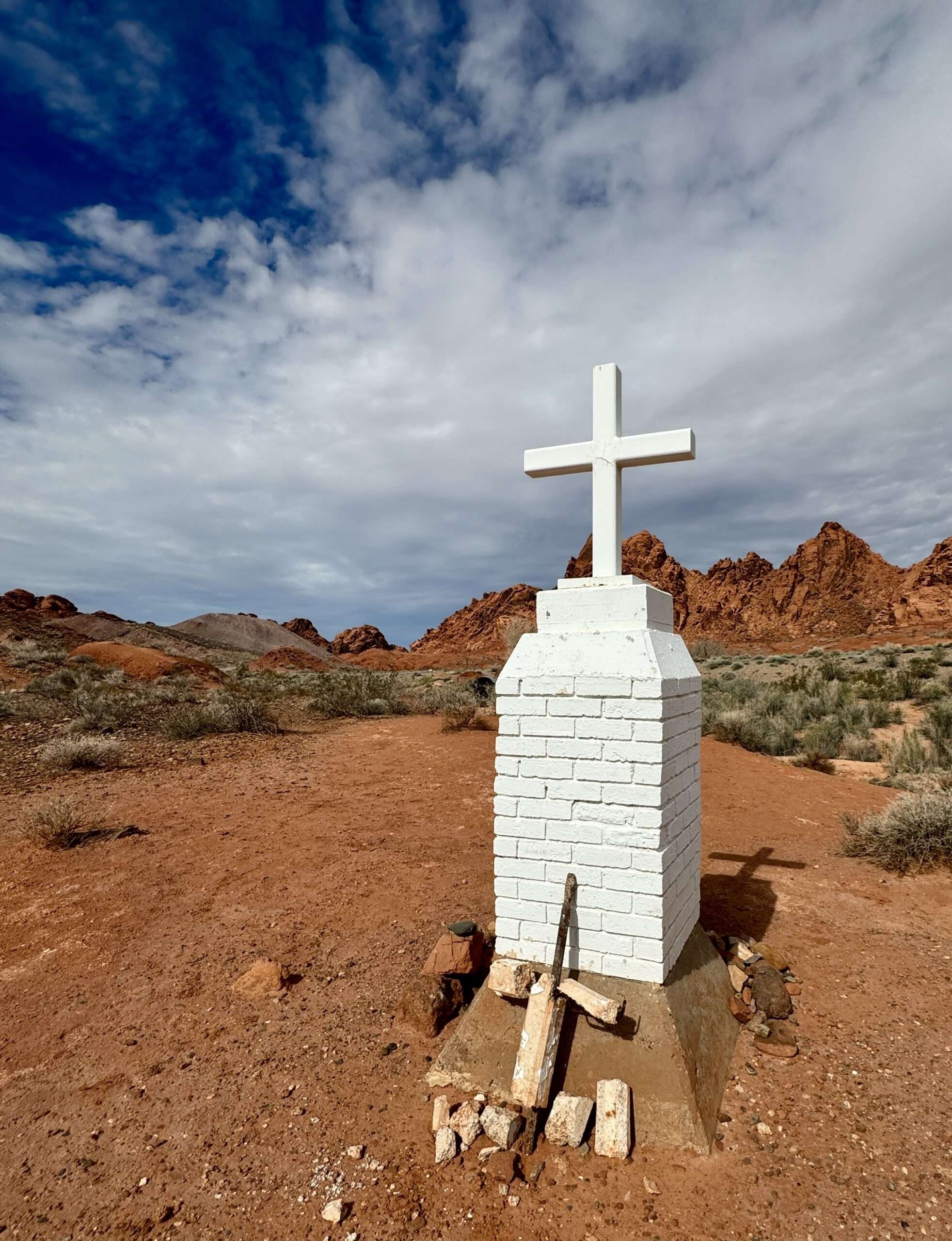
In 1915 John set out on buckboard to traverse the Arrowhead Trail between Bakersfield, California, and Salt Lake City, Utah. Presumably thirsty and searching for water, he tied his horse to the wagon to explore the area. Seeking shade from the hot sun, he crawled under the wagon, where he was found dead several days later on June 30th.
Lost City Museum & St. Thomas
My little explorer and I started our day at the Lost City Museum and were welcomed by the director, Mary Beth, and attendant, Jesse. The museum is probably the most underrated Nevada State Museum. The CCC constructed the beautiful facilities in 1935. It has an artifact gallery, displays on local people and the environment, and two archeological sites. One wall has displays of what became ghost towns. A reconstructed pueblo sits behind the museum.

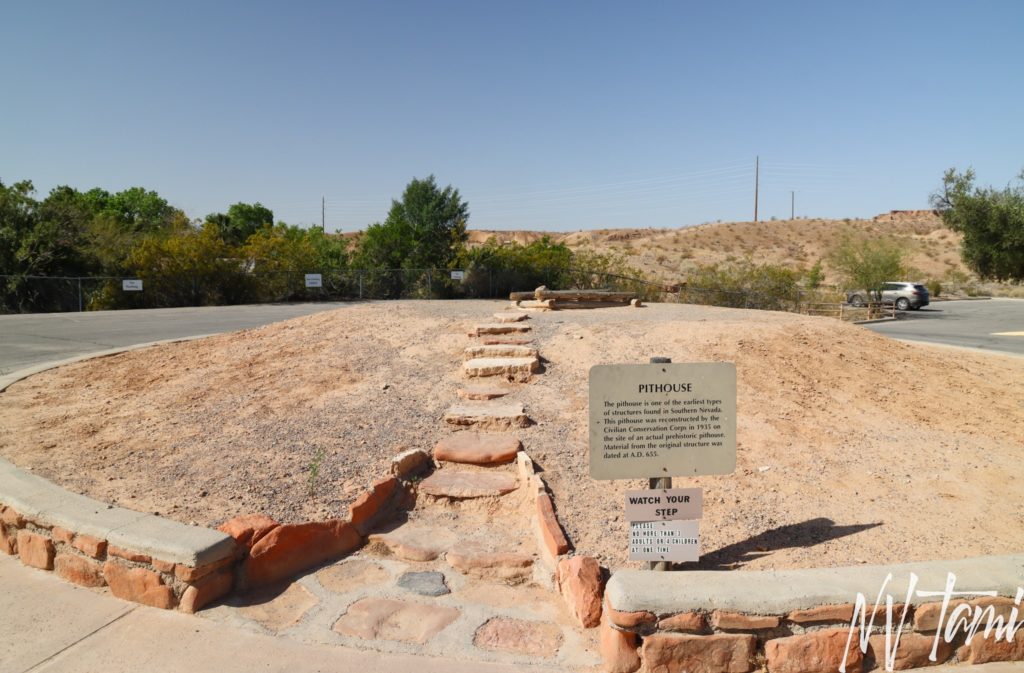
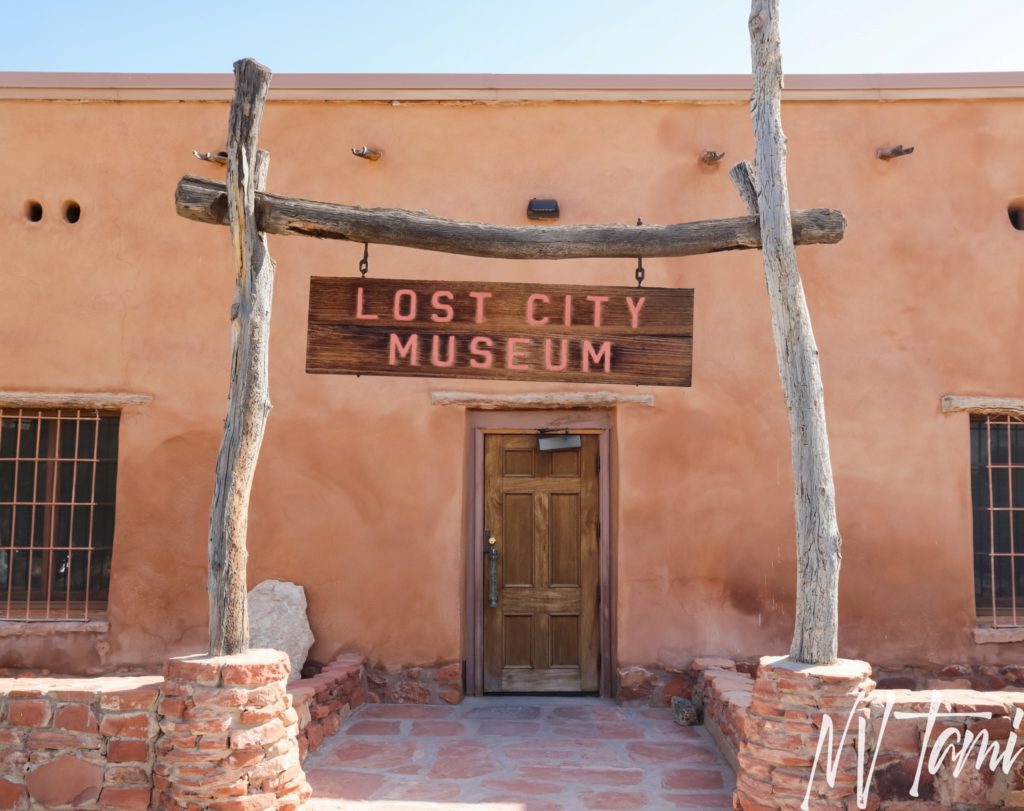

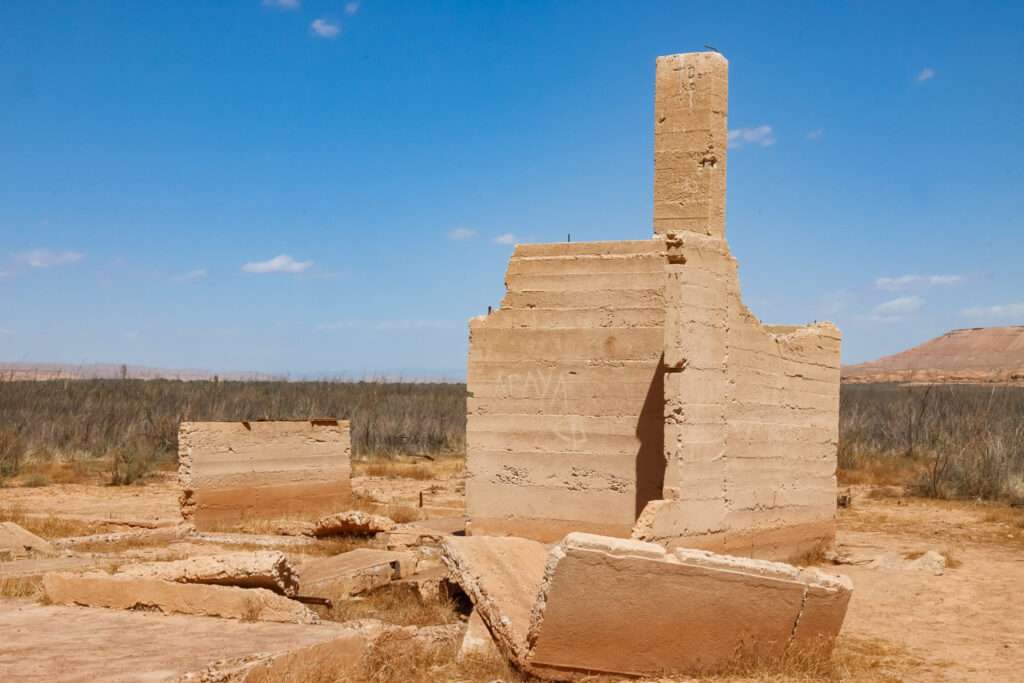
My daughter and I hiked “down, down, down to the bottom of the lake” to see the ghost town of St. Thomas. She was more impressed with my Sponge Bob reference than my impersonation. The St. Thomas trail is well-marked and maintained. It’s a reasonable hike and level once you are at the bottom of the lake bed.

We ended our day at a Maverik gas station where many of my trips begin. They were out of my favorite road trip food on the road, burritos, but the staff was super sweet and made us fresh yummy steak burritos.
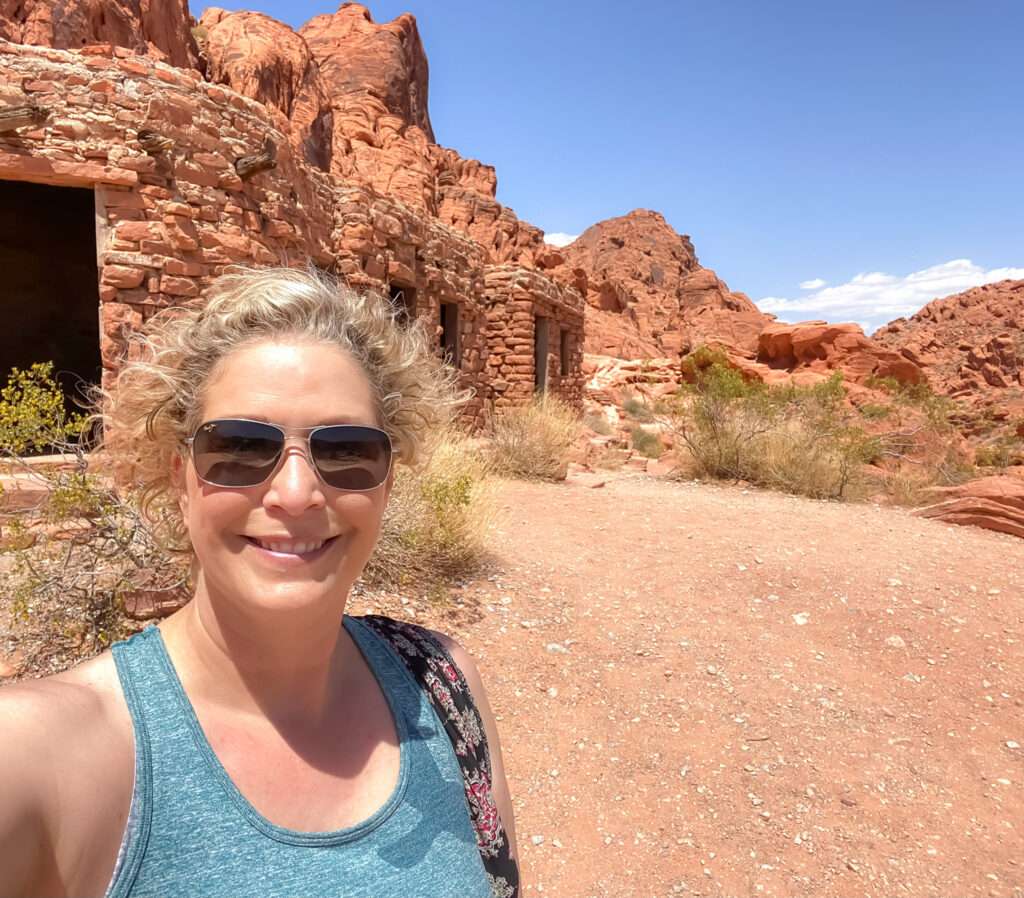
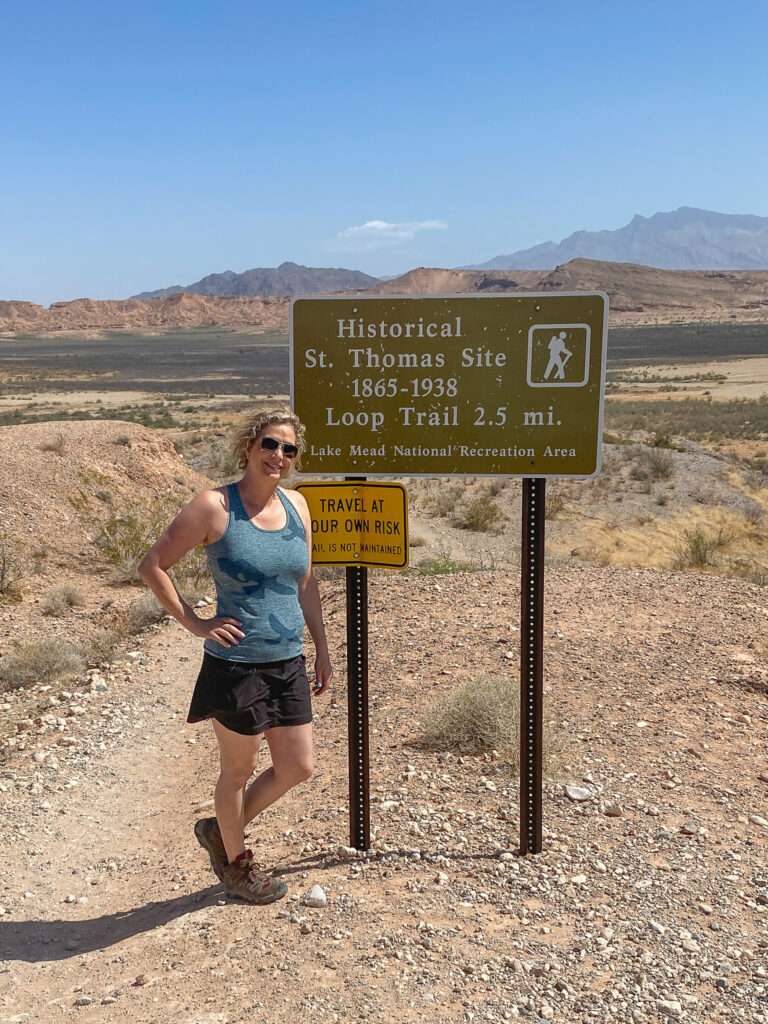
Visited 4-14-2021
References
- Civilian Conservation Corps Legacy: CCC Camps Nevada
- The Living New Deal: Valley of Fire State Park Overton, NV
- Lost City Museum
- Nevada 66: Valley of Fire State Park
- Nevada State Parks: Valley of Fire
- Southwest Explorers: Valley of Fire State Park Cabins
- St. George News: Valley of Fire day; Paiute hideout, blockbuster movie filming and red rock playground
- Wikipedia: Arrowhead Trail
- Wikipedia: Civilian Conservation Corps
Bill Schwab says
We went to Valley of Fire 4 years ago. Took off on a Friday and at Walker lake, truck threw a code so, drug the trailer back, got the Highlander, started out again.
As we got to VOF late a lady walking her grandson told us we wouldn’t find a campsite. She then told us how to get to an old marina, 16 miles away. 230 campsites, 5 people. Since the lake dried up there’s no campers.
We hiked St Thomas, went to the museum in Overton and planned a trip to Gold Butte Monument for later in the year. I got my first Big Horn sheep photos from 6′ away!
Thanks for as always documenting so eloquently, your trek through VOF Tami. Happy trails!
Tami says
Sounds like a great trip! I want to camp at Valley of Fire to see it at sunset and sunrise. Gold Butte has been on my list too.
I will be looking for Big Horn sheep going past Hawthorne this week.
Kristin says
Could I ask where some good places to stay are around the area? We won’t be able to bring in camping equipment or our camper so we need to find lodging.
Tami says
There aren’t any hotels I am aware of that are close. From the CCC side, Overton would be the closest town. Mesquite and Las Vegas would have a lot more options.
When I visited, we rented a home in St. George. It is farther, but still reasonable for a day trip.